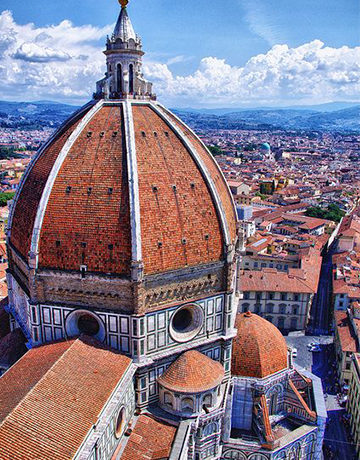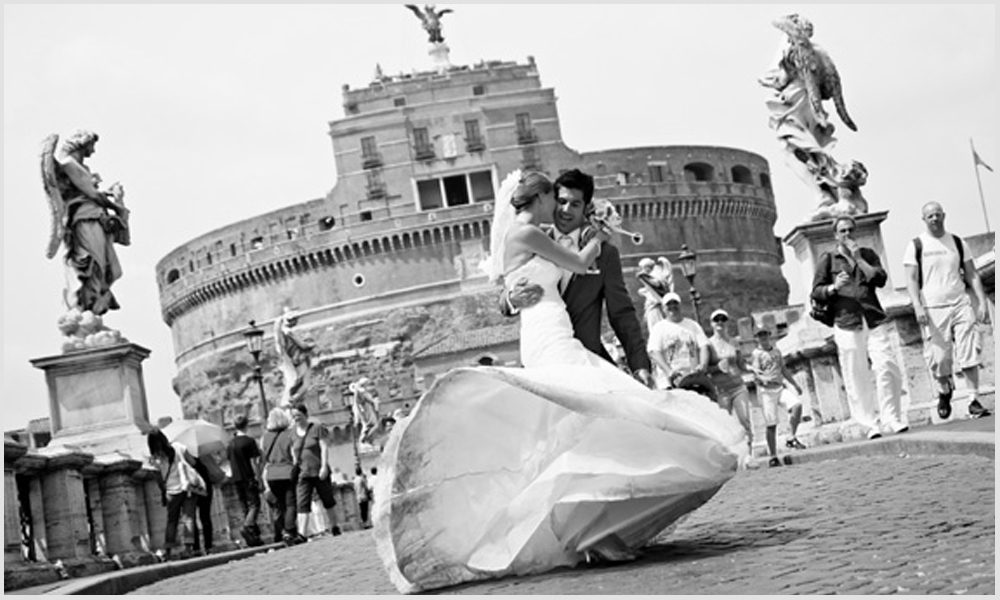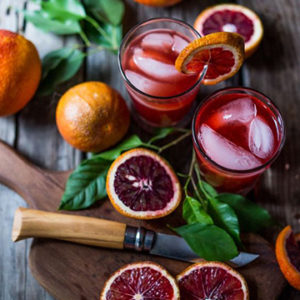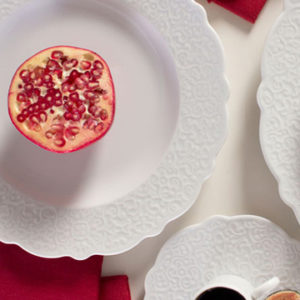The Renaissance was born in Florence and spread throughout Europe by the middle of the Fourteenth Century to the Sixteenth Century with the aim of recovering the classical antiquity as a model of the natural man and his earthly values.
Undisputed master of this historical period was definitely Leonardo Da Vinci. However, he was one of the many painters, sculptors and architects whose works have been admired through the centuries.
RENAISSANCE IN THE ARTS
In art there were three essential style elements:
- Formulation of the rules of geometric perspective, which organized the space uniformly;
- Attention to man as an individual, in appearance, anatomy and the representation of the emotions;
- Return to essentiality.
Space was represented in a linear perspective, the artist dedicated to the construction of space, to give the composition a more human touch. Reality was analysed as a tool to learn from the natural world. The most important innovation was perhaps the oil technique that allowed greater flexibility in colour.
Michelangelo is undisputedly considered one of the greatest artists who ever lived, his fame and influence comparable to Leonardo’s. But again, many more artists left their mark during this remarkable time.
Masaccio was the first among visual artists to renew Renaissance painting. Starting from the studies of Giotto, he introduced the figures of the paintings in environments with an harmonious relationship between people and objects. Among his works the Altarpiece of the Madonna col Bambino and Sant’Anna, the Crocifissione, the Santa Trinità and the frescoes in the Cappella Brancacci in Santa Maria del Carmine in Florence.
In sculpture the human figure was among the favorite subjects: well studied anatomically and often showing dynamic expressions.
The subjects of light and space are present even in sculpture. With early-Renaissance sculptor Donatello the man became a favorite subject.
Main feature in this field was the use of elementary geometrical shapes for the definition of plans. The great achievement of the Renaissance is to have created interior spaces regulated by laws immediately evident and easily measured by the public.
Particularly important was the study of perspective by Filippo Brunelleschi; he introduced a vision of internal totalizing creating a global spatial structure.
RENAISSANCE IN INTERIOR DESIGN
The furnishings of the Italian Renaissance can be defined elegant and rich in detailed decorations.
Canopy beds, trestle tables and cabinets were impressive furniture pieces often adorning rooms. The material of choice was walnut wood, which was carved with architectural details.
Mural decorations provided colour and texture to the room. Painting the walls with elaborate geometric patterns was a trick used to re-create the look of wallpaper.
The attention to detail continued on the floors and ceilings. Many floors were built in brick, tiles or marble arranged in geometric patterns. The ceilings were high and ornamental, with beams that extended throughout the room.
The favourite fabrics were made from silk, velvet and damask. Deep reds, purples and greens were the main colours for the richly decorated rooms. Other decorative elements in the richest interiors included musical instruments, sculptures and chandeliers.
RENAISSANCE IN FASHION
Splendor and luxury were the main features of the Renaissance look. A delicate, aristocratic, infinitely romantic fashion. These details are part of the Fall-Winter 2015/2016 Collection by Alberta Ferretti, part of their journey of contemporary homage to the culture of Italian visual arts.
Lace, embroidery crafts, velvet and organza, the runway evokes the Renaissance masterpieces, perfect silhouettes accompanied by contemporary features.
































